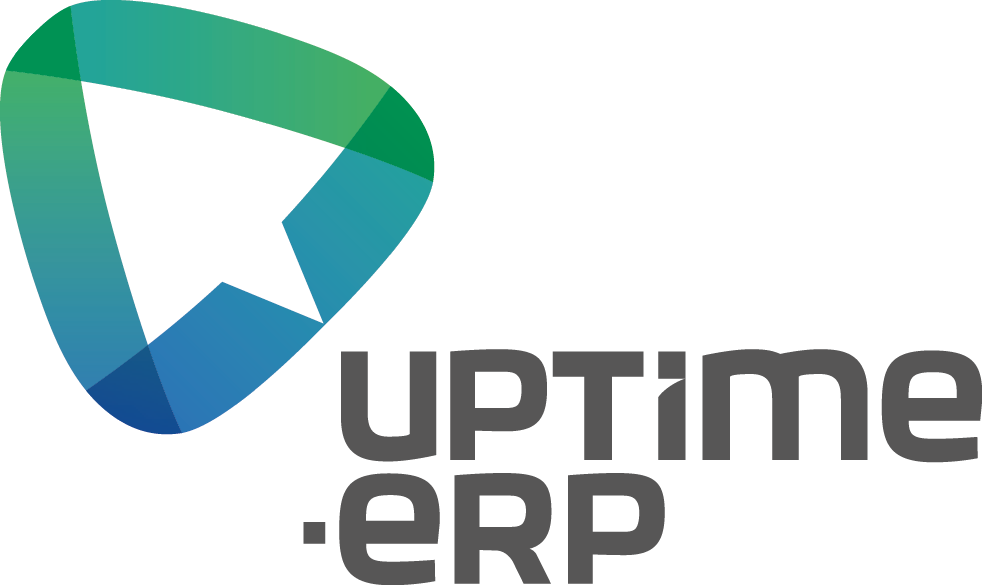Implementing an ERP system like SAP is a deeply strategic process that requires a precise approach both technologically and organizationally. How should one approach this from a strictly conceptual perspective? It’s important to focus on diverse technical approaches.
A key element of any implementation is understanding that ERP is not just software – it should be seen as a tool for transforming business processes to make an organization more flexible, efficient, and resilient to market changes. From the perspective of a SAP expert, a successful implementation requires a masterful combination of technology, an in-depth understanding of business processes, and organizational specificity.
Furthermore, one of the most common mistakes in ERP implementation is focusing solely on system functionalities instead of the processes the system is designed to support. It’s outdated or poorly designed business processes that often pose the biggest limitations to adopting new solutions. SAP offers a wide range of advanced features, such as integration with Business Intelligence (BI), artificial intelligence (AI) capabilities, and mobile access. However, to fully leverage their potential, business processes must first be properly optimized. This focus is essential when approaching SAP.
Looking for specialists to guide your company through the implementation process? Contact Uptime ERP – ensure proper procedures at every stage.
Various ERP Implementation Strategies – Technical Analysis
 Implementing a system requires knowledge and experience – in this context, it’s worth leveraging the potential of Uptime ERP.
Implementing a system requires knowledge and experience – in this context, it’s worth leveraging the potential of Uptime ERP.
Every organization must choose an ERP implementation strategy tailored to its needs, resources, and operational structure. Today, SAP experts distinguish several main approaches, each requiring specific technical configurations and meticulous planning.
Big Bang
The “big bang” strategy involves launching all system modules and functions simultaneously. This approach is most commonly used when transitioning from outdated legacy systems to SAP S/4HANA. While this method allows for quickly achieving full system functionality, it comes with high technical and operational risks. Sudden changes demand perfect preparation: from precise data mapping to integration testing and user training. A SAP expert should also consider potential performance bottlenecks in the new environment, which requires in-depth system load analysis.
Phased Implementation
Gradual ERP implementation is – in our opinion – more flexible and allows for system adaptation in individual departments or company locations. This approach works particularly well in organizations with complex structures, where different teams operate on distinct business processes. Phased rollouts allow for iterative testing and adjustments to meet user needs. The main challenge here is data synchronization between the new and old environments and managing parallel processes.
Pilot Implementation
A pilot implementation minimizes risks by deploying the system in a controlled environment. In SAP projects, a pilot may include testing key processes with a smaller user group using a sandbox or DEV environment. After a successful pilot, the results are scaled across the organization. SAP experts often use this approach to gather data on system performance, adjust user roles, and verify compliance with audit requirements.
Hybrid Approach to ERP Implementation
The hybrid approach to ERP implementation, including SAP, is gaining popularity among organizations that require flexibility during the implementation process. This strategy involves combining elements of other methods – such as “big bang,” phased, or pilot implementations – to maximize alignment of the schedule, risks, and resources with the specific needs of the project. This approach enables organizations to more precisely manage implementation while minimizing risks and adapting to evolving business requirements.
In practice, the hybrid approach allows for simultaneous execution of multiple implementation strategies across different areas of a company. For instance, core ERP modules such as Finance or Logistics can be rolled out in stages, enabling gradual integration with existing processes and systems. At the same time, more complex functions like risk management, advanced predictive analytics, or integration with external systems (e.g., IoT or AI) can be tested in a controlled pilot. This configuration provides greater flexibility and better control over project resources and risks.
The flexibility of the hybrid approach makes it particularly appealing to large and complex organizations operating in dynamic market environments. By simultaneously implementing modules critical for ongoing operations and testing innovative features on a smaller scale, companies can respond to changing business priorities in real time. For example, if pilot analysis reveals a need for additional features or adjustments, these can be introduced early on, before the system is fully rolled out.
From a technical perspective, the hybrid approach requires careful planning of the implementation architecture. The main challenge is synchronizing processes occurring concurrently at different project phases. For example, data entered in modules launched earlier must remain consistent with functions implemented later. This demands an advanced integration strategy based on a robust data migration plan and precisely defined interfaces between system modules.
Another key aspect of the hybrid approach is project resource management. Deploying parallel system elements risks overburdening key project team members or limiting expert availability. Therefore, a hybrid implementation plan should include a detailed resource schedule, divided into stages and task groups. Tools like SAP Solution Manager, which supports project monitoring, identifying bottlenecks, and prioritization adjustments, play a crucial role in managing this model.
One of the greatest advantages of the hybrid approach is its ability to minimize implementation risks. By starting with the deployment of key functions in a more controlled environment, organizations can test system stability, identify potential technical issues, and assess user acceptance. As experience is gained and improvements are made, the system gradually expands its functionality, reducing the risk of widespread business disruptions.
The hybrid implementation structure also allows for more dynamic budget management. Staged deployment of key modules enables organizations to simultaneously benefit from already operational system functions, potentially delivering quick business value. At the same time, more costly and innovative features, such as integrations with external systems or advanced analytics, are developed in a more controlled manner, facilitating efficient financial resource allocation.
In summary, the hybrid approach is an exceptionally versatile strategy, allowing companies to balance rapid deployment of key functions with meticulous implementation of advanced solutions. However, it requires advanced planning, effective risk management, and close collaboration between the project team and the implementation partner. In the hands of experienced SAP experts, the hybrid approach becomes a powerful tool for organizations to fully harness the potential of modern ERP systems in a rapidly evolving business environment.
The Crucial Role of the Project Team
No SAP implementation can succeed without a well-selected project team. An SAP expert must ensure the team includes both experienced technical consultants and company employees with deep knowledge of business processes. It is essential that key individuals are fully committed to the project and dedicate a significant portion of their time to it. The team must also have the support of management—lack of decisions at the appropriate level can lead to delays and cost escalation.
The SAP expert should also pay attention to tools that support project management, such as SAP Activate, which offers a set of best practices, tools, and templates dedicated to SAP S/4HANA implementations. Using such tools helps monitor progress, identify potential issues, and improve team collaboration.
Implementation Planning – A Technical Perspective
Planning an ERP system implementation requires precision and consideration of detailed technical requirements. A critical step is choosing an experienced implementation partner who understands the client’s industry specifics and has expertise in system configuration, integration, and data migration.
An example of a technical challenge is data cleansing—a process crucial for the success of the implementation. Data must be accurate, complete, and compliant with system requirements to avoid errors in processes. SAP experts often use advanced ETL (Extract, Transform, Load) tools to automate this process.
Equally important is conducting pilot tests in an environment resembling the production system. SAP experts frequently use tools like SAP Solution Manager for planning and monitoring tests, which helps identify issues at an early stage.
SAP as a Tool for Transformation
From an experienced expert’s perspective, the SAP system is not just an IT tool but a foundation for digital transformation. With its advanced features, such as predictive analytics, AI integration, and IoT support, SAP enables companies to transform processes in ways that traditional ERP solutions cannot match.
Ultimately, the success of an SAP implementation depends on combining technical excellence with a thorough understanding of the organization’s business goals. A professional approach to planning, a highly skilled team, and the application of SAP best practices create a foundation for an efficient and flexible organization ready to face future challenges.

























